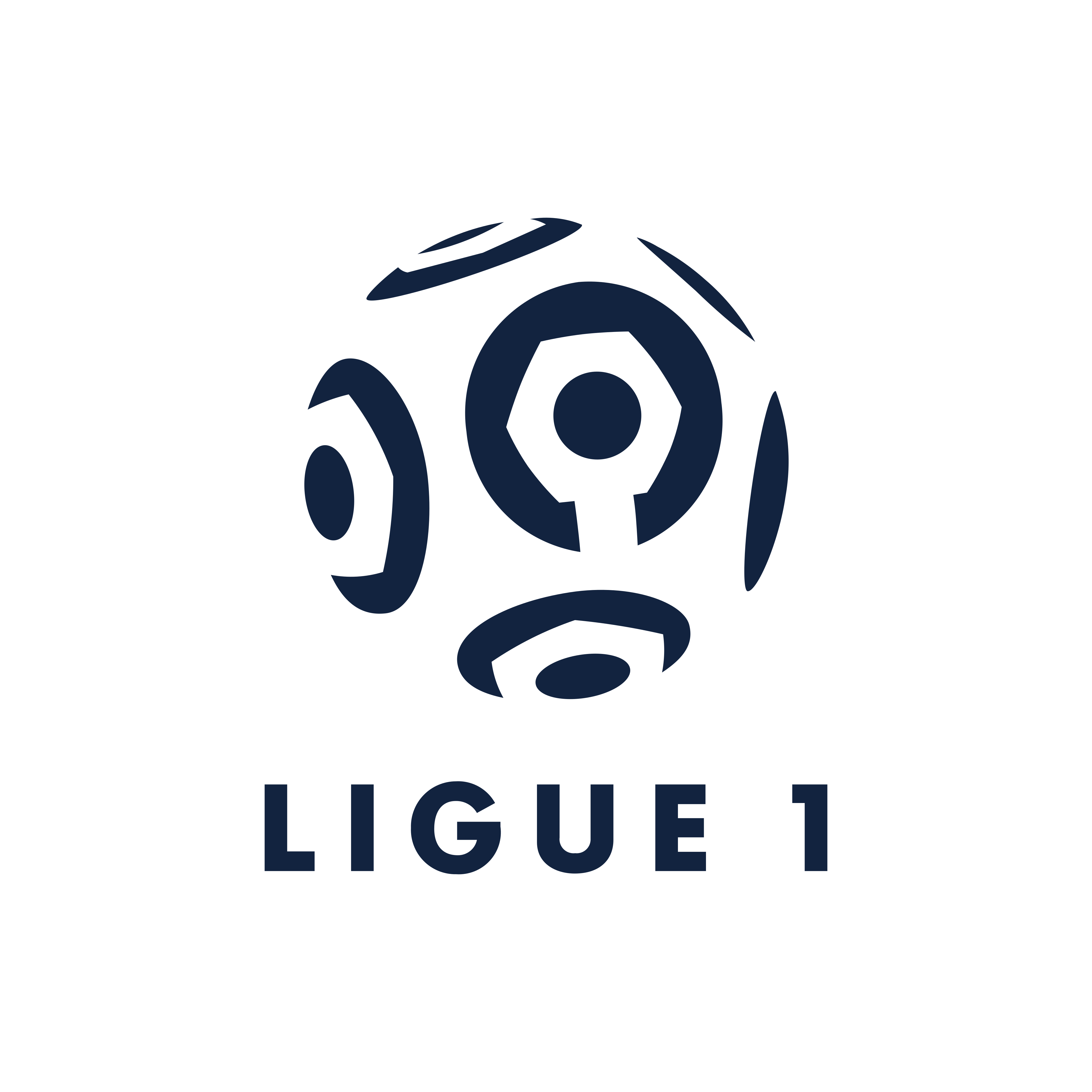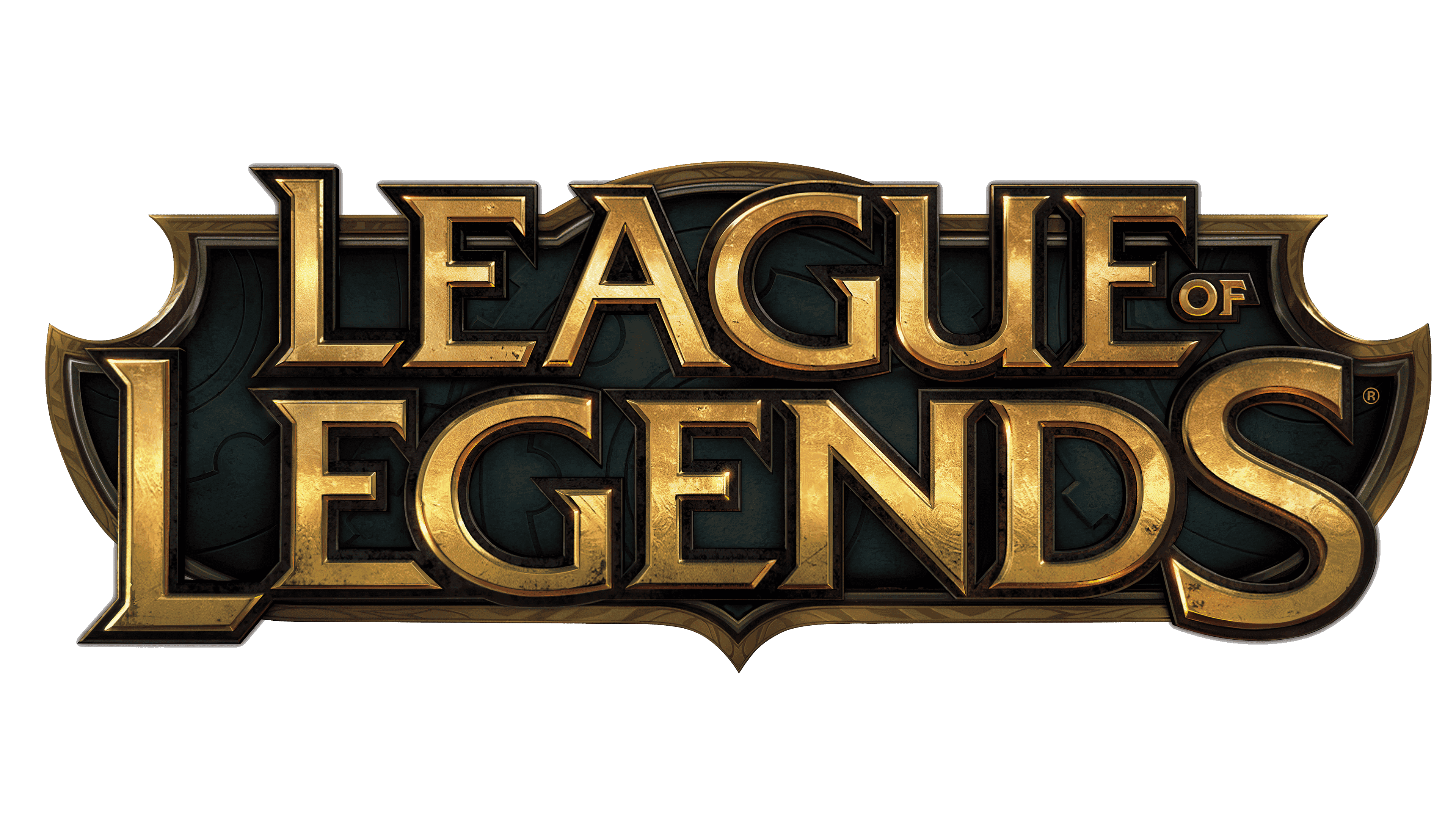League One badges offer a fascinating glimpse into the history and culture of English football. From traditional heraldic designs to modern minimalist aesthetics, these emblems tell a story of evolving identities, regional pride, and the enduring passion of their clubs. This exploration delves into the evolution of League One club badges, analyzing design elements, regional variations, modern trends, and the impact of rebranding initiatives.
You also can investigate more thoroughly about manchester united jersey 2008 to enhance your awareness in the field of manchester united jersey 2008.
We’ll examine the symbolism embedded within these badges, uncovering the meanings behind crests, animals, colors, and other significant design choices. By comparing and contrasting badges across different eras and geographical locations, we aim to provide a comprehensive understanding of their significance within the broader context of English football’s rich heritage.
League One Badges: A Historical and Design Analysis
The English Football League One, a vibrant and competitive division, boasts a diverse collection of club badges, each telling a unique story. This analysis explores the history, design elements, regional variations, modern trends, and the impact of rebranding on these iconic symbols of League One football.
Evolution of League One Club Badges
League One club badges have undergone significant transformations over time, reflecting changing club identities, design aesthetics, and societal influences. Early designs often featured simple crests and emblems, while modern badges frequently incorporate more sophisticated graphic design principles and a greater emphasis on symbolism.
| Club | Year of Change | Description of Change | Image Description |
|---|---|---|---|
| Example Club A | 1920 | Initial badge design; simple crest with club initials and founding year. | A simple circular crest featuring the club’s initials “CAFC” in bold lettering, overlaid on a football, with the year “1920” inscribed at the bottom. |
| Example Club B | 1985 | Modernized design; incorporated a more stylized crest and updated color scheme. | A more contemporary shield-shaped badge, incorporating a stylized lion rampant (representing the club’s city’s history) within a bold blue and white color scheme. The club’s name is arched across the top. |
| Example Club C | 2010 | Complete rebrand; adopted a minimalist design with a focus on key symbols. | A minimalist badge, featuring a single, bold letter “C” in a stylized font, overlaid on a geometric pattern in the club’s primary colors (red and black). |
Design Elements of League One Badges
Common design elements in League One badges include crests, animals representing local fauna or mythology, and colors associated with regional identity or club history. Heraldry plays a significant role, with many badges incorporating elements like lions, griffins, or other heraldic symbols. Color choices often reflect the local landscape or historical significance.
For example, many clubs located near the coast utilize blue and white in their badge designs, while those in industrial areas might incorporate darker, more muted tones.
Hypothetical Badge for a New League One Club: The “Northampton Navigators” badge would feature a stylized ship’s wheel within a circular design, symbolizing the town’s historical connection to canal transport. The colors would be navy blue and gold, reflecting the town’s history and the color of the River Nene. The overall design would be clean and modern, with the club name prominently displayed.
Regional Variations in League One Badges

Regional trends significantly influence League One badge designs. Coastal clubs often feature nautical elements, while those in rural areas may incorporate agricultural symbols. Northern clubs often feature bolder, more traditional designs, while southern clubs sometimes exhibit more modern aesthetics.
| Club | Region | Design Elements Reflecting Region | Image Description |
|---|---|---|---|
| Example Club D | North East England | A coal miner’s lamp and a stylized pit wheel, reflecting the region’s mining heritage. | A badge incorporating a bold, black coal miner’s lamp superimposed over a stylized gear wheel, with the club name arched across the top in a strong, industrial font. The colors are predominantly black, grey, and gold. |
| Example Club E | South West England | A stylized Cornish coastline, with waves and a sailing ship, reflecting the region’s maritime history. | A circular badge featuring a stylized depiction of a Cornish coastline, with waves crashing against a cliff face, and a small sailing ship on the horizon. The colors are predominantly blue, white, and green. |
Modern Trends in League One Badge Design

Modern League One badge design shows a move towards minimalist aesthetics, with clean lines and bold typography. However, some clubs maintain more traditional designs. Minimalist badges often prioritize simplicity and impact, while maximalist designs incorporate intricate details and multiple symbols. This contrasts with older designs which often featured more complex heraldic elements.
Hypothetical Redesign of a Classic Badge: A modern redesign of a classic badge might simplify the design, retaining core symbols while updating the color palette and typography to create a more contemporary feel. For example, a complex crest could be streamlined into a more modern geometric shape, with a bold color scheme and a cleaner font.
The Impact of Rebrands on League One Badges
Rebranding efforts often involve updating a club’s badge to reflect a renewed identity or appeal to a broader audience. These decisions can be met with mixed reactions from supporters, with some embracing change and others clinging to tradition. Successful rebrands often strike a balance between modernization and the retention of core historical elements.
| Club | Year of Rebrand | Reasons for Rebrand | Image Descriptions (Old and New) |
|---|---|---|---|
| Example Club F | 2015 | To modernize the club’s image and appeal to a younger generation. | Old design: A complex, traditional crest with intricate details and a muted color palette. New design: A simplified, geometric badge with bold colors and a modern font. |
The journey through League One badges reveals a captivating narrative of evolving club identities. From historical crests reflecting local traditions to modern designs embracing minimalism or maximalism, these emblems encapsulate the unique character of each team. Understanding the reasons behind design changes, whether driven by rebranding or reflecting changing times, offers valuable insight into the dynamic relationship between clubs and their supporters.
The enduring power of these visual representations underscores their importance as potent symbols of regional pride and footballing heritage.

